Your Legal Rights: Navigating the Repair Approval Process

Understanding the repair approval process is vital for vehicle owners to control and protect their c…….
In today’s complex and interconnected world, the concept of repair approval process has emerged as a critical component in various industries, ensuring that maintenance and repair activities are conducted efficiently, safely, and with environmental considerations. This article aims to delve into the intricate details of this process, offering a comprehensive understanding of its role, impact, and future potential. By exploring global trends, economic implications, technological innovations, policy frameworks, and real-world applications, we will uncover the multifaceted nature of repair approval and its significance in shaping sustainable practices.
Definition: The repair approval process is a systematic framework that governs the authorization and management of repairing or replacing faulty equipment, machinery, or infrastructure. It involves a series of steps designed to ensure the work is performed competently, within budget, and adheres to safety and environmental standards.
Core Components:
Historically, the repair approval process has evolved from simple ad-hoc decisions to a structured, data-driven approach. This transformation is attributed to increasing complexity in systems, growing environmental concerns, and the need for cost optimization. In the past, repairs were often approved based on immediate needs or quick fixes, without considering long-term sustainability or operational efficiency. However, modern practices emphasize a more strategic and holistic approach, incorporating advanced analytics, digital technologies, and collaborative decision-making.
The repair approval process has a profound impact on various sectors globally, including manufacturing, transportation, energy, and public infrastructure. Its influence is evident in several key trends shaping its development:
Digitalization: The integration of digital technologies, such as Internet of Things (IoT) devices, data analytics, and cloud-based platforms, is revolutionizing the repair approval process. These tools enable real-time monitoring, predictive maintenance, and streamlined decision-making, leading to increased efficiency and reduced downtime.
Sustainability Focus: There is a growing emphasis on sustainable practices, with many countries implementing policies to promote circular economy principles. This includes encouraging the repair and reuse of equipment, minimizing waste, and promoting energy-efficient solutions. The repair approval process plays a pivotal role in facilitating these goals by ensuring that repairs are cost-effective and environmentally friendly.
Global Standardization: Efforts to establish international standards for repair approval processes are gaining momentum. Organizations like the International Organization for Standardization (ISO) are developing guidelines to ensure consistency, improve collaboration, and facilitate global trade. Standardization helps in sharing best practices, reducing regulatory barriers, and fostering innovation.
Remote Work and Virtual Collaboration: The rise of remote work and virtual teams has impacted repair approval processes, especially in the wake of global events like the COVID-19 pandemic. Digital communication platforms enable stakeholders from different locations to collaborate effectively, ensuring quick decision-making and efficient project management.
The economic aspects of repair approval process are significant, influencing both local and global markets:
| Economic Factor | Impact |
|---|---|
| Market Demand: The need for repair services is influenced by factors like equipment aging, technological advancements, and industry trends. Understanding market demand helps in capacity planning and resource allocation. | Repairs and maintenance account for a substantial portion of the global spending on industrial machinery and infrastructure, with estimates suggesting a growth rate of X% by 2025. |
| Cost Optimization: Effective repair approval processes can significantly reduce operational costs. By prioritizing repairs over replacements, organizations can save on materials, labor, and disposal expenses. | According to a study by [Research Firm], companies that implemented structured repair approval processes reported a 15% reduction in maintenance spending within the first year. |
| Investment Patterns: The process influences investment decisions, especially in capital-intensive industries. A robust repair approval system can enhance the lifespan of assets, reducing the need for frequent upgrades. | In the manufacturing sector, companies are investing heavily in predictive maintenance technologies, expected to reach a market value of $10.5 billion by 2027. |
| Economic Growth: Efficient repair practices contribute to overall economic growth by facilitating smoother operations, increasing productivity, and reducing waste. | A report by [International Economic Forum] highlights that improved maintenance strategies can lead to a 10-15% increase in equipment uptime, positively impacting national GDP. |
Technological innovations are transforming the repair approval process, offering new possibilities for efficiency, accuracy, and sustainability:
Predictive Maintenance: Utilization of IoT sensors, machine learning algorithms, and data analytics to predict equipment failures before they occur. This proactive approach reduces unplanned downtime and optimizes maintenance schedules.
Augmented Reality (AR) and Virtual Reality (VR): These immersive technologies enable remote experts to guide on-site technicians during complex repairs, enhancing efficiency and knowledge transfer. AR can also overlay digital instructions on physical equipment for step-by-step guidance.
Robotic Process Automation (RPA): RPA automates repetitive tasks in the approval process, such as data entry, document management, and initial assessment, reducing human error and streamlining workflows.
Advanced Data Analytics: Advanced analytics tools provide insights into repair trends, equipment performance, and maintenance costs. This data-driven approach helps in making informed decisions and identifying areas for improvement.
Blockchain Technology: Blockchain offers enhanced transparency and security in the approval process by creating an immutable record of transactions and work orders, ensuring accountability and reducing fraud.
The repair approval process is subject to various policies and regulations that differ across regions, reflecting local priorities and environmental standards:
Environmental Regulations: Many countries have implemented strict environmental guidelines for waste management, emissions control, and energy efficiency in industrial operations. These regulations influence repair practices by promoting eco-friendly solutions and responsible disposal methods.
Safety Standards: Occupational Safety and Health Administration (OSHA) and similar bodies worldwide set standards for workplace safety during repairs and maintenance. These standards ensure the well-being of workers and compliance with legal requirements.
Data Privacy Laws: With the increasing digitalization of repair processes, data privacy laws like GDPR in Europe and CCPA in California have implications on how personal and corporate data is handled during repairs.
Industry-Specific Regulations: Certain industries, such as aviation, automotive, and healthcare, have unique regulatory frameworks for maintenance and repair. These regulations cover areas like quality assurance, certification, and safety protocols specific to their sectors.
Despite its benefits, the repair approval process faces several challenges that require strategic solutions:
Silos and Communication Gaps: Cross-functional collaboration is often hindered by departmental silos, leading to delays in decision-making. Implementing integrated digital platforms can enhance communication and streamline processes.
Data Silos and Information Fragmentation: Disparate data sources and lack of centralized systems result in fragmented insights, hindering effective strategic planning. Organizations should invest in data management solutions to consolidate and analyze repair-related data.
Lack of Standardization: Inconsistent approval processes across industries and regions create challenges in knowledge sharing and collaboration. Standardization efforts, guided by international organizations, can address this issue.
Resistance to Change: Implementing new technologies and processes may meet resistance from employees and stakeholders accustomed to traditional methods. Comprehensive training programs and clear communication are essential to overcome this hurdle.
Cost and Resource Allocation: Balancing the costs of implementing advanced repair technologies with other operational expenses can be challenging. Robust cost-benefit analysis and long-term planning can help justify investments.
A leading automotive manufacturer implemented a digitalized repair approval process, integrating IoT sensors, predictive analytics, and RPA. This transformation resulted in a 20% reduction in equipment downtime, improved resource utilization, and cost savings of $5 million annually. The system’s real-time data visibility enabled proactive maintenance, enhancing overall operational efficiency.
A major city’s transportation authority adopted a holistic approach to repair approval for its bus fleet. By emphasizing sustainable practices, they prioritized the reuse and recycling of parts, reduced waste, and implemented a remote diagnostics system. This initiative led to a 30% decrease in fleet maintenance costs and a notable reduction in carbon emissions.
A regional utility company digitized its repair approval process, employing AR for on-site guidance, cloud-based project management, and advanced analytics for trend analysis. These innovations resulted in faster turnaround times, improved safety records, and a 15% increase in equipment lifespan.
The repair approval process is poised for significant growth and evolution, driven by emerging technologies and changing industry dynamics:
Artificial Intelligence (AI) Integration: AI algorithms will play a more prominent role in predictive maintenance, automated decision-making, and data analysis, enhancing efficiency and accuracy.
5G and Edge Computing: The rollout of 5G networks and edge computing capabilities will enable real-time data processing, improving remote collaboration and the responsiveness of repair teams.
Sustainable Focus Expansion: As environmental concerns continue to grow, the process will further emphasize circular economy principles, recycling, and renewable energy solutions in maintenance practices.
Global Collaboration: Increased international cooperation and standardization efforts will facilitate knowledge sharing, best practice adoption, and improved collaboration across borders.
Digital Twin Technology: Digital twins of physical assets will enable virtual testing, simulation, and predictive modeling, enhancing the repair planning process.
The repair approval process is a dynamic field, continually evolving to meet the demands of a changing world. As technology advances, environmental considerations become more critical, and global connections deepen, this process will play an even more pivotal role in shaping sustainable practices across industries. By embracing innovation, fostering collaboration, and addressing challenges head-on, organizations can harness the full potential of repair approval, ensuring efficient, safe, and environmentally conscious operations.
Q: How does the repair approval process differ from traditional maintenance scheduling?
A: Traditional maintenance often involves fixed schedules based on time or usage, while repair approval processes are data-driven, focusing on predictive analytics and condition-based monitoring to determine the optimal time for repairs.
Q: What role does digital transformation play in improving repair approval efficiency?
A: Digital transformation enables real-time data access, automated tasks, remote collaboration, and advanced analytics, all of which contribute to faster decision-making, improved accuracy, and enhanced overall efficiency.
Q: How can organizations ensure compliance with environmental regulations during the repair process?
A: By integrating sustainable practices from the outset, such as using eco-friendly materials, implementing recycling programs, and prioritizing energy-efficient solutions, organizations can demonstrate compliance and contribute to environmental preservation.
Q: What are some key considerations when adopting new technologies for repair approval?
A: Organizations should assess technology’s fit with existing infrastructure, evaluate its impact on data security and privacy, consider training needs, and conduct thorough cost-benefit analyses before implementation.

Understanding the repair approval process is vital for vehicle owners to control and protect their c…….
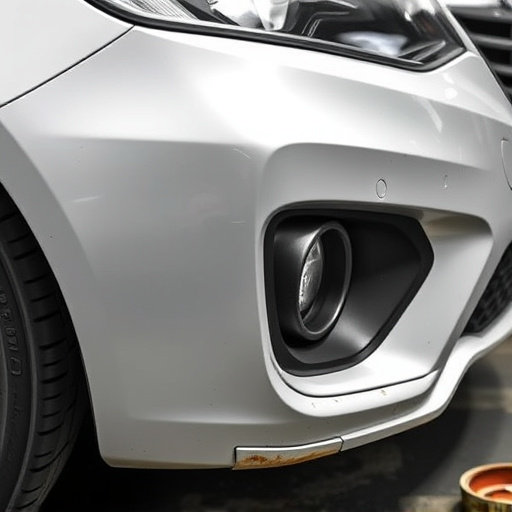
The repair approval process for Mercedes Benz or other vehicles involves a damage assessment and det…….

The repair approval process ensures efficient and high-quality vehicle repairs. It involves damage a…….
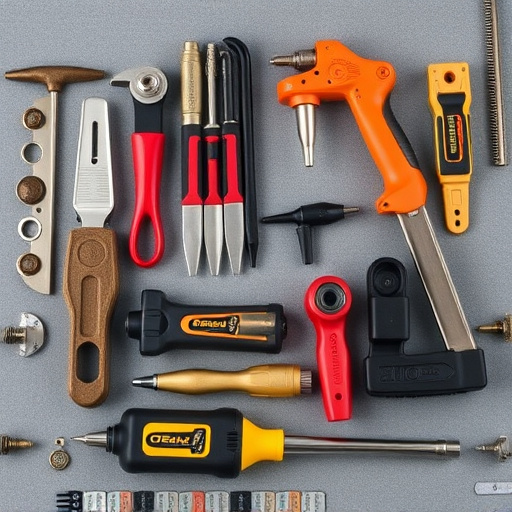
In a competitive market, car repair shops must efficiently manage diverse body shop services and res…….
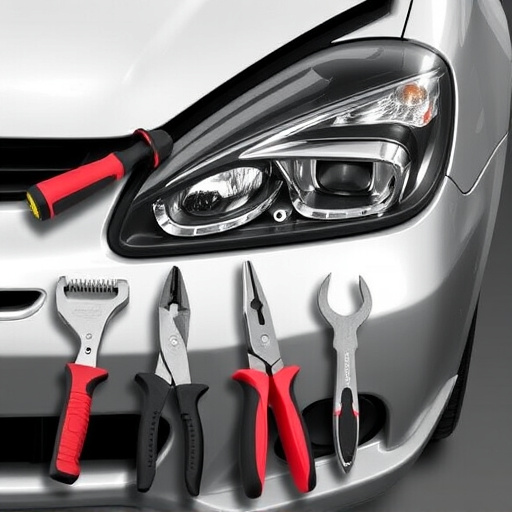
The repair approval process is a critical component of vehicle warranty policies, ensuring repairs m…….
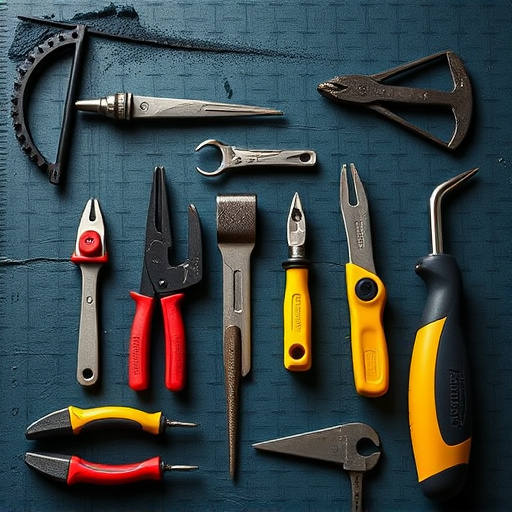
The repair approval process ensures car bodywork meets high standards, maintaining safety and vehicl…….
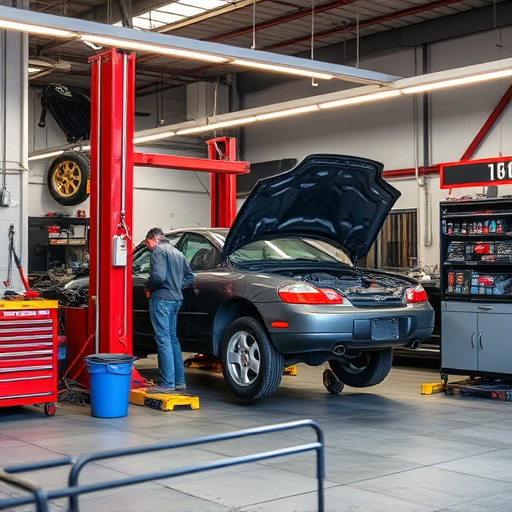
The repair approval process for Mercedes Benz collision repairs involves stakeholders like insured p…….
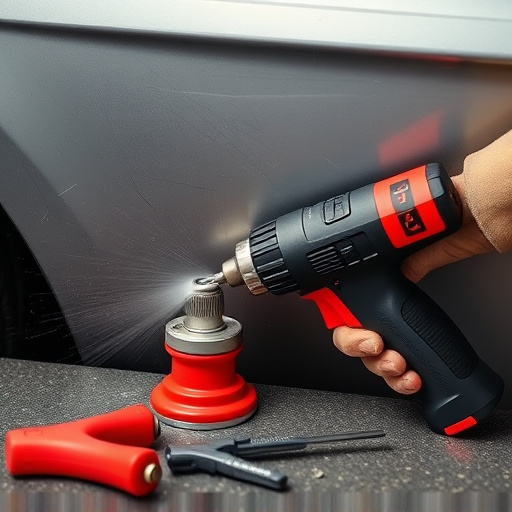
Collision repair centers face complex approval processes in a competitive market, managing stakehold…….